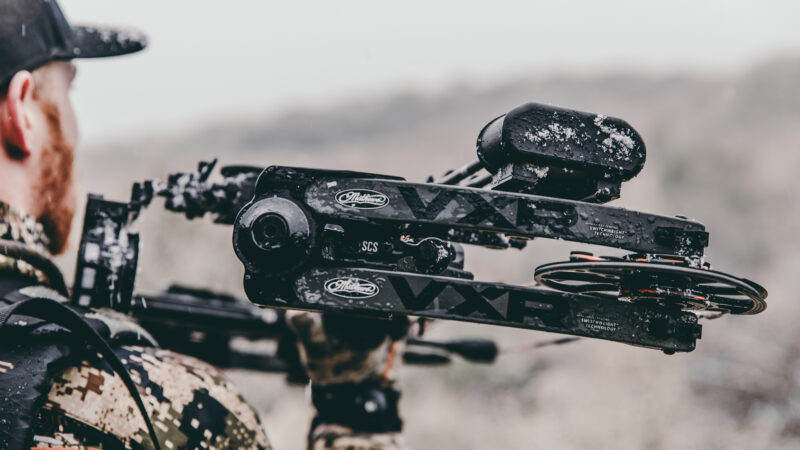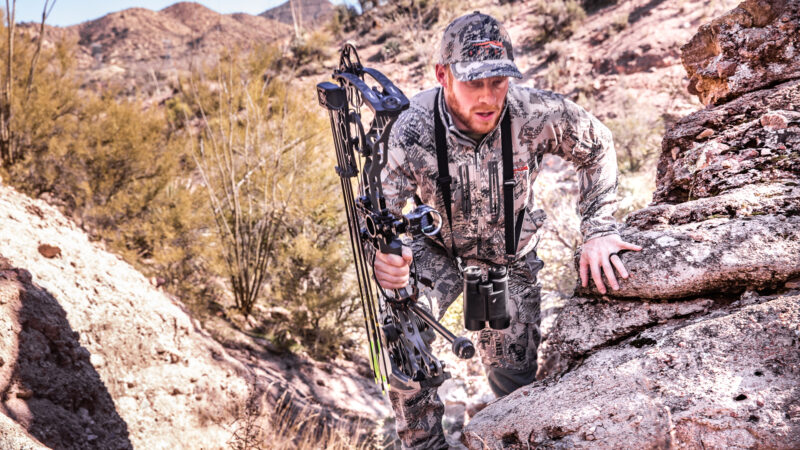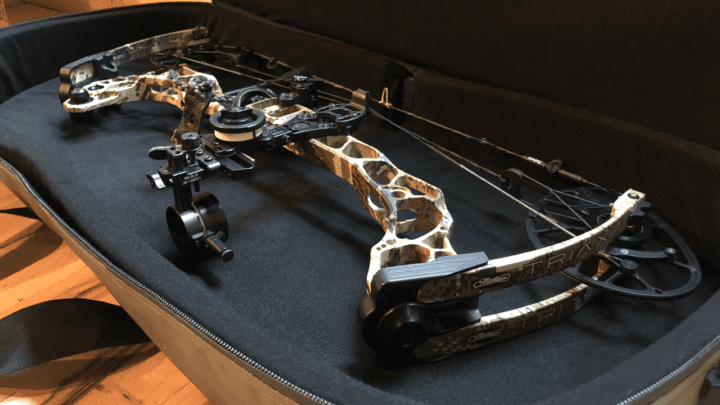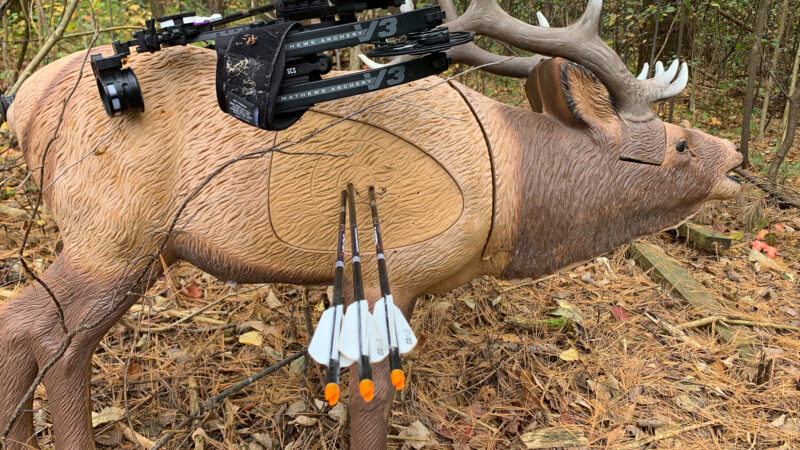Scores of bowhunters hit the mountains every August and September in search of various big game animals. If you’re a mountain local, this article probably will be of little benefit to you. But, folks who live at sea level or somewhere between there and the mountains who’re planning a mountain bowhunt this fall could find it very beneficial.
Whether you’re not sure what to expect from your equipment and your body when you hit the mountains, or you didn’t even realize until now that altitude can affect things, we’ll cover some invaluable ground for planning and preparing for your mountain bowhunt. Let’s discuss.

Altitude and Gravity
First of all, does altitude affect arrow flight? Yes. There are many discussions to be found online that attribute the impact to gravity, temperatures, and air density. While gravity does reduce as altitude increases, I believe the change in arrow flight is likely due to the thinner air.
Now, I’ve done all of my elk hunting at 9,000 feet and lower. In one of the locations I like to hunt, I camp at about 5,900 feet. Most of my hunting is at 6,000-7,000 feet. I live and sight in my bows at 1,200 feet. I haven’t noticed a significant difference when I arrive to hunt. My bows are usually dead on. In Colorado, I hunted up a little higher than usual, and I was shooting a couple of inches high when I arrived to hunt.
The amount of change you’ll experience will likely depend on your individual setup. To get another example or two besides mine, I jumped on a few chat forums to see what folks are saying. One individual wrote that he and some others camped at 9,400 feet in Colorado. All bows were sighted in below 1,000 feet. In the camp, bows shot a couple of inches high.
Arguably one of the most accomplished modern-day bowhunters, Joel Maxfield, explained his setup and how he goes about achieving high-altitude accuracy.
“Over 8,000 feet, it’s a little bit tricky,” he said. “Not only is your, say, 50-yard pin off, but the gap between your 40- and 50-yard pins (set pins or marks on a sight tape) is also off. I shoot a 5-pin head on a slider sight with pins set to 20, 30, 40, 50 and 60 yards. My needle is set on 60 yards on a sight tape that has yardage from 20-100. So, my 60-yard pin, which is closest to my bubble, works as my ‘roamer.’

“Before going to the higher elevation,” he continued, “I like to shoot a few more pounds while sighting everything in. Then, I bring a couple of extra sight tapes in that range of trajectory. When I arrive, I shoot a lot. To get the sight-pin group to be spot on, I shoot at 60 yards and turn the bow weight down until I get a perfect impact — normally just a few pounds. Then, the rest of the set pins should be on. Then, I check my tape marks out to 100, basically sighting things back to perfect by tweaking bow weight.”
“Finally, you need to always have extra arrows,” he added. “Accuracy is priority number one for me. Packing a target above 8,000 feet isn’t very realistic and there is usually a lot of rock. I will aim at rocks versus taking a chance on my pins not being perfect.”
Traveling With Equipment
Another important consideration is that traveling can change your equipment. Whether your bow bounces around in your vehicle or gets thrown about by baggage handlers, it’s possible for your sighted-in bow to throw some inaccurate arrows on arrival. I use rock-solid accessories, so it’s rarely been the case for me, but I never trust my bow immediately after a long trip. Travel can affect equipment. Period.

Test and See
For some folks, the fact that re-sighting in a bow on arrival to the mountains — due to atmospheric changes or travel knocks and blows — and prior to hunting might be a big pill to swallow. Some folks have a hard time trusting their equipment when they see it performing beneath par, and sometimes even more so immediately after making adjustments. But, you have to accept this reality and not be alarmed by it.
Always make it a point to shoot some practice arrows out to your maximum hunting distance. If you’re off, shoot a group and make sure that you didn’t just have one poor shot execution. Learn what your bow is doing, and then carefully make small adjustments and then trust them. Through this process, keep your cool and don’t let it overwhelm and fluster you.

How Altitude Affects the Body
Altitude certainly has its way with the body, too. Some folks experience altitude sickness and are rendered basically worthless for at least a couple of days on arrival. Wilderness Athlete has a supplement called Altitude Advantage designed to boost oxygen delivery and speed the acclimation to the altitude so that you don’t experience a full-on bout of altitude sickness.
Another way that altitude affects the body is breathing, especially when chasing elk up and down steep slopes. It’s difficult even when you’re in great shape and have prepared physically. So, don’t head for the hills without preparing, or you could be physically smoked after one day of hunting.
The Mountains Are Calling
If you’re planning a mountain bowhunt, knowing the challenges you’re in for will help you prepare and have a course of action in mind as to how you’ll address them. Altitude isn’t the friendliest on equipment or body, but some incredible hunting adventures are just a drive to the mountains away. And by heeding the points addressed above, you’ll be better prepared to tackle the challenges along the way.

 By
By 



